Continuing my series of outerwear brand comparisons, today I’ll be taking a closer look at two well-known American brands – Eddie Bauer vs Patagonia. Both of these companies are famous for the quality of their products and have millions of loyal followers everywhere around the world.
In this comparison, I’ll be going over the history of both companies and help you learn more about the materials they use for their jackets and other apparel. And, in order to give you a better idea as to which one of these two brands is a better choice for you, I will also analyze a few of their most popular products.
Eddie Bauer – A General Overview
The Background
Founded more than a century ago – in 1920 – Eddie Bauer stands as one of America’s most revered outdoor clothing labels. The brand was founded in the northwestern United States, in Seattle, and was the very first company to patent the quilted jacket.
The company’s founder, who gave it its name, also patented a variety of other pieces of apparel. This is precisely why the U.S. Army hired this particular brand to create and manufacture the uniforms for them.
Unfortunately, however, Eddie Bauer went through several bankruptcies during its long history. It was bought by General Mills in 1971, then by Spiegel in 1988, and then finally by Golden Gate Capital in 2009.
But still, the brand has successfully managed to rise back to its former glory and is now one of the most popular options for all those looking for pieces of technical apparel that are both well-made and affordable.
Eddie Bauer’s product range is massive and includes a lot of different jacket designs, such as high-performance windbreakers and light tops. All of their garments are available online but also in 370 retail stores that are spread across North America.
In the realm of outdoor apparel, discussions often arise comparing different brands. One such comparison that garners attention is Eddie Bauer versus L.L. Bean. Both brands, with their rich histories and commitment to quality, have carved out unique niches in the market, often leading consumers to weigh their merits side by side.
Similarly, when one thinks of outdoor gear, the “Lands’ End vs L.L. Bean” debate also frequently emerges. Both Lands’ End and L.L. Bean have established themselves with distinct offerings and histories, making the choice between them a matter of individual taste and requirement.
The Manufacture
When talking about the materials that this company uses, the first thing I have to say is that Eddie Bauer mostly utilizes nylon and polyester – just like most other brands of this type. However, the company also uses a variety of natural materials and fabrics, such as wool and cotton.
For its winter wear, i.e. jackets that are designed to retain warmth, Eddie Bauer uses down insulation. However, the brand also incorporates a number of different synthetic insulation solutions into its products, one of which is the Thermafill polyester insulation.
As far as I’m concerned, the company’s StormDown DWR-treated down deserves a special mention. You’re probably aware of the fact that down becomes incapable of efficiently trapping heat once it becomes wet. StormDown solves this by successfully repelling water and protecting down from becoming too wet too quickly.
The ThinDown fabric also deserves a closer look. This one-of-a-kind material was created in Italy and has excellent insulation, packing, and re-lofting properties. At the same time, it doesn’t have the typical disadvantages of common down, such as shedding or wetting out too soon.
Other proprietary materials worth mentioning are eVent, which is quite similar to the ubiquitous Gore-Tex, as well as WeatherEdge. The latter fabric is made out of polyester and is both breathable and waterproof.
The Prices
Generally speaking, Eddie Bauer offers a pretty good range of prices. Most of their garments are relatively affordable. This, however, cannot be said for the company’s down-insulated and technical pieces – they are more expensive, but not as much as the premium jackets offered by the likes of Arc’teryx, for example (check out our post on the best Arc’teryx jackets as well).
Eddie Bauer’s garments average at about $100-$250. An important thing to keep in mind here is that the brand’s products are often on sale, both in stores and on the official website. In other words, it is entirely possible to obtain Eddie Bauer clothes at even lower prices.
But are these jackets and other Eddie Bauer clothes actually worth their price? In my opinion, they are. Eddie Bauer garments are fairly well-made and perform just as advertised. They are also quite long-lasting, and once we combine this fact with their affordability, we get a brand whose apparel is definitely worth the price.
Eddie Bauer – Popular Products
Eddie Bauer CirrusLite Down Jacket
Specifications:
- Material: Nylon, down
- Sizes Available: 5
- Colors Available: 5
There’s a lot of things to like about this popular Eddie Bauer down jacket. Available in 5 colors and 5 sizes, this garment sports a classic fit and is both durable and lightweight. It is exceptionally sturdy due to its 20D nylon shell fabric and features hand pockets that are practical, deep, and intuitively placed.
However, I think that the biggest advantage of this model is its affordability. If you’re looking for a genuinely well-made brand-name jacket that doesn’t cost an arm and a leg, the CirrusLite is a great option.
Pros:
- Premium down insulation
- Ultralight but sturdy
- Very affordable
Cons:
- No chest pocket
Eddie Bauer MicroTherm 2.0 Jacket
Specifications:
- Material: Nylon, polyester, down
- Sizes Available: 9
- Colors Available: 5
Although not as popular as the model described above, Eddie Bauer’s MicroTherm 2.0 jacket has received lots of positive reviews in the last couple of months, and for a good reason. The responsibly-sourced 800-fill down that this jacket uses for insulation is guaranteed to keep you warm, while its 20D polyester shell provides the necessary durability and longevity.
This jacket is also fairly water-resistant, as it sports the company’s proprietary StormRepel Super DWR coating. The only thing I didn’t like is the fit – some people may find it to be way too slim and tight, even if they get it in the right size.
Pros:
- Very warm – 800-fill power down
- Durable shell & DWR coating
- Insulated hood
Cons:
- Overly tight fit
Eddie Bauer Rainfoil Jacket
Specifications:
- Material: Polyester
- Sizes Available: 4
- Colors Available: 5
The last Eddie Bauer jacket I’ll be taking a look at is a lightweight, waterproof model and one of the best rain shells this brand has created so far. It uses the company’s proprietary WeatherEdge technology that allows for breathability while still keeping the wearer warm and dry.
And that’s not all – this rain jacket comes equipped with a load of extra features, including zippered hand pockets, interior pocket, drawcord hem, cuffs with Velcro tabs, and a stowable hood. What is more, the model packs into its own pocket – always a big plus in my book!
Pros:
- Fully seam-sealed & waterproof
- Lots of convenient features
- Very packable
Cons:
- No arm vents
Patagonia – A General Overview
The Background
Rare are outerwear brands that are as famous as Patagonia. Although significantly younger than Eddie Bauer, this company also has a pretty long and rich history, as it was founded almost half a century ago – in 1973.
It was founded by Yvon Chouinard, a famous American environmentalist and mountaineer. At first, Patagonia was a part of an older company called Chouinard Equipment, and ever since it split from it, Patagonia has been an apparel-only brand.
It’s no wonder that millions of outdoor enthusiasts everywhere around the world rave about Patagonia’s products – they are high-performing and extremely well-made. They’re an exceptionally popular choice among folks looking for technical garments that they want to use for their multi-day backcountry adventures.
One of the most important things I have to say about Patagonia is that this is one of those companies that truly do their best when it comes to reducing the environmental impact of the products they manufacture. The brand is well-known for its environmental focus and this plays a huge role in the public’s perception of the label.
All materials used by Patagonia are sourced ethically and in ways that strive not to affect the environment in any negative way. If you’re an eco-friendly person, this brand is one of your best choices.
The Manufacture
As stated above, Patagonia is one of those rare outerwear brands that actually do care about the environment – after all, its founder is a well-known environmentalist. This is precisely why the company sources a lot of its materials through recycling, and this is especially true for their synthetics.
Besides the fact that it uses recycled polyester, Patagonia also incorporates ethically-sourced natural raw and animal-based materials into its products. All of these are obtained per the required standards.
Is many of its technical pieces, the brand makes use of the well-known Gore-Tex breathable fabric membrane. However, it has also developed its own proprietary membrane of the same type, and its name is H₂No.
This is a breathable and waterproof technology that goes through an exceptionally intense and detailed testing procedure. The name of this process is the 24 Killer Wash, and its job is to make sure that every piece of fabric that incorporates the aforementioned fabric can actually stand up to daily wear and tear.
In its endless efforts to reduce the environmental impact, Patagonia also tends to use DWR chemicals and treatments that aren’t as harsh. For example, their Deluge DWR coating is long-lasting, very safe, and doesn’t require as many re-applications. And, when the DWR wears out, you can re-apply it yourself. Check out our post on the best DWR sprays for more information.
The Prices
This one is a no-brainer – Patagonia certainly can’t be counted among the market’s affordable brands. Although not as pricey as Arc’teryx, Patagonia is still a premium label and one whose products require potential buyers to reach deep into their pockets.
But keep in mind that higher prices also mean better quality. Folks who are really serious about their adventures in the Great Outdoors don’t want to use flimsy jackets made by the no-name brands – that’s a recipe for disaster, especially if you like exploring the backcountry in wintertime.
Patagonia’s jackets and other products perform flawlessly due to the fact that they’re very well-made, and this undoubtedly justifies their price tags. If you’re looking for a piece of outerwear that won’t let you down no matter the conditions, you can’t go wrong by opting for one of Patagonia’s garments.
Patagonia – Popular Products
Patagonia Torrentshell Jacket
Specifications:
- Material: Nylon
- Sizes Available: 7
- Colors Available: 8
One of the most popular rain shells ever created, Patagonia Torrentshell is a great example of this company’s expert craftsmanship. And the excellent storm worthiness of this model is not the only good thing about it – it’s also very rugged, versatile, and provides its wearer with a great fit.
The level of water resistance offered by the Torrentshell is very hard to match – Patagonia’s H₂No membrane does a great job at keeping the moisture at bay. The jacket’s large hood, on the other hand, deserves special words of praise, as do its 11” pit zips.
Pros:
- Phenomenal weather protection
- Long-lasting DWR coating
- Durable & versatile
Cons:
- Not the lightest rain shell out there
Patagonia Down Sweater
Specifications:
- Material: Polyester
- Sizes Available: 7
- Colors Available: 11
Considered by many to be one of the most versatile down jackets currently available on the market, the Down Sweater is a piece of quality apparel that has been enjoyed by countless hikers and climbers over the years.
This garment is all about comfortable warmth and low weight. Its windproof fabric effortlessly keeps the cold weather at bay, and the model can be easily stuffed into its own pocket.
Pros:
- High-end build quality
- Very light & packable
- Classic styling
Cons:
- Expensive
Patagonia Better Sweater Fleece Jacket
Specifications:
- Material: Polyester fleece
- Sizes Available: 7
- Colors Available: 11
One of the company’s foundational fleece designs, the Better Sweater Fleece Jacket sports a classy styling while also providing a sufficient amount of warmth during chilly spring and fall days.
Here, softness and comfort are guaranteed, and the model also provides a decent level of breathability. There are also three exterior pockets, one of which is the zippered chest pocket.
Pros:
- Great for cool spring and fall days
- Surprisingly good breathability
- Classy design
Cons:
- Subpar wind resistance
Eddie Bauer vs Patagonia – The Verdict
So, which one of these two brands is actually a better choice for you? As always, the answer to this question mostly depends on your personal needs.
Eddie Bauer is the more affordable brand out of the two – there’s no doubt about that. However, this doesn’t mean that their apparel isn’t as good. Most of their designs are not only long-lasting but also perform exactly as advertised. Eddie Bauer also backs each of its products with a lifetime guarantee.
But even so, Patagonia is a clear winner when it comes to the overall quality of jackets and other clothes and the convenient features these garments are equipped with. It’s one of the world’s most well-known outerwear brands for a good reason – all of Patagonia’s clothes perform beautifully and are extremely well-made.

I love hiking, backpacking, and camping. From the Camino de Santiago to the West Highland Way in Scotland or simply a great day hike on the weekend. Hiking refreshes me, my mind, and keeps my body reasonably fit. So far I have walked three Camino routes and many other long distance hikes in the UK, Canada, and around the rest of Europe. One of the best was my hike up Ben Nevis.

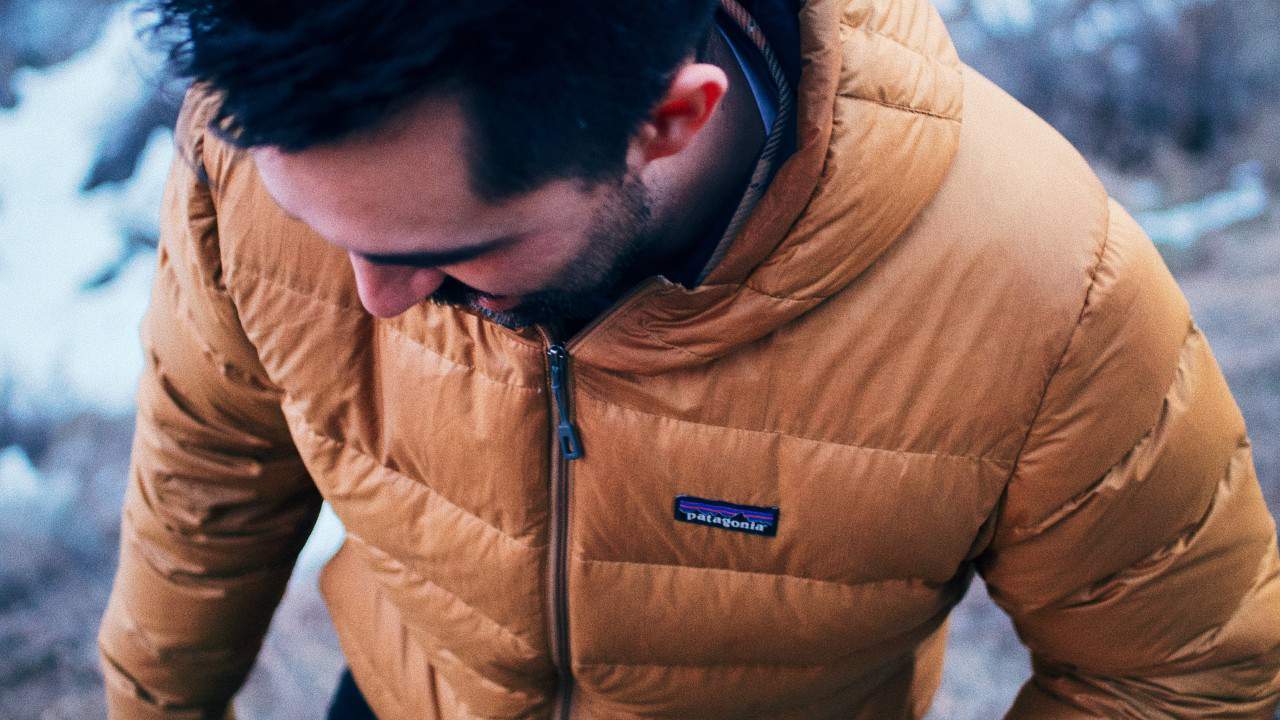
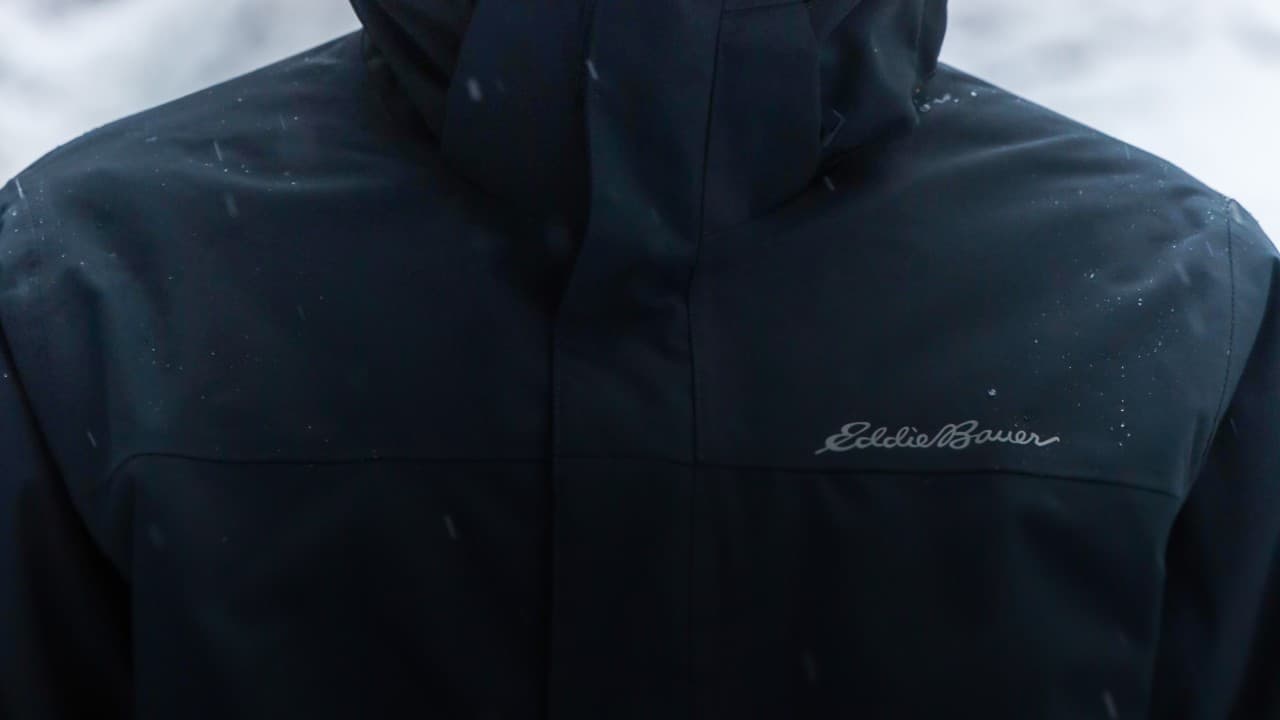
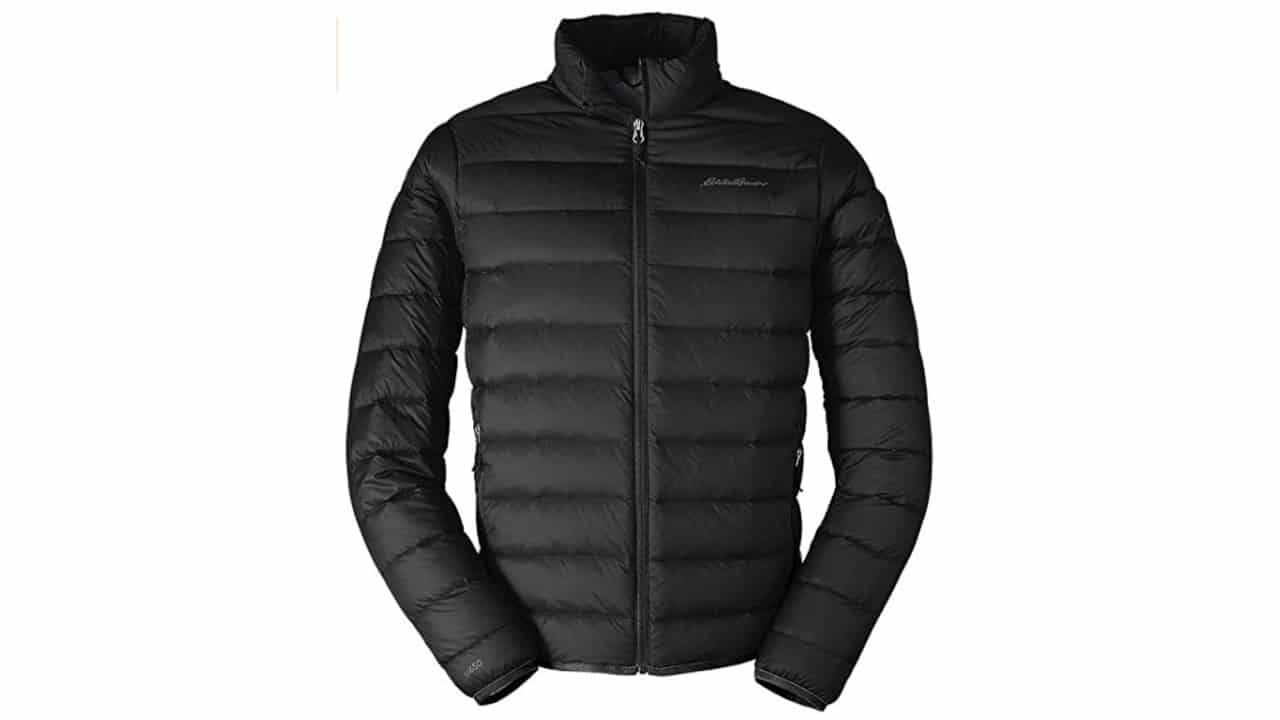
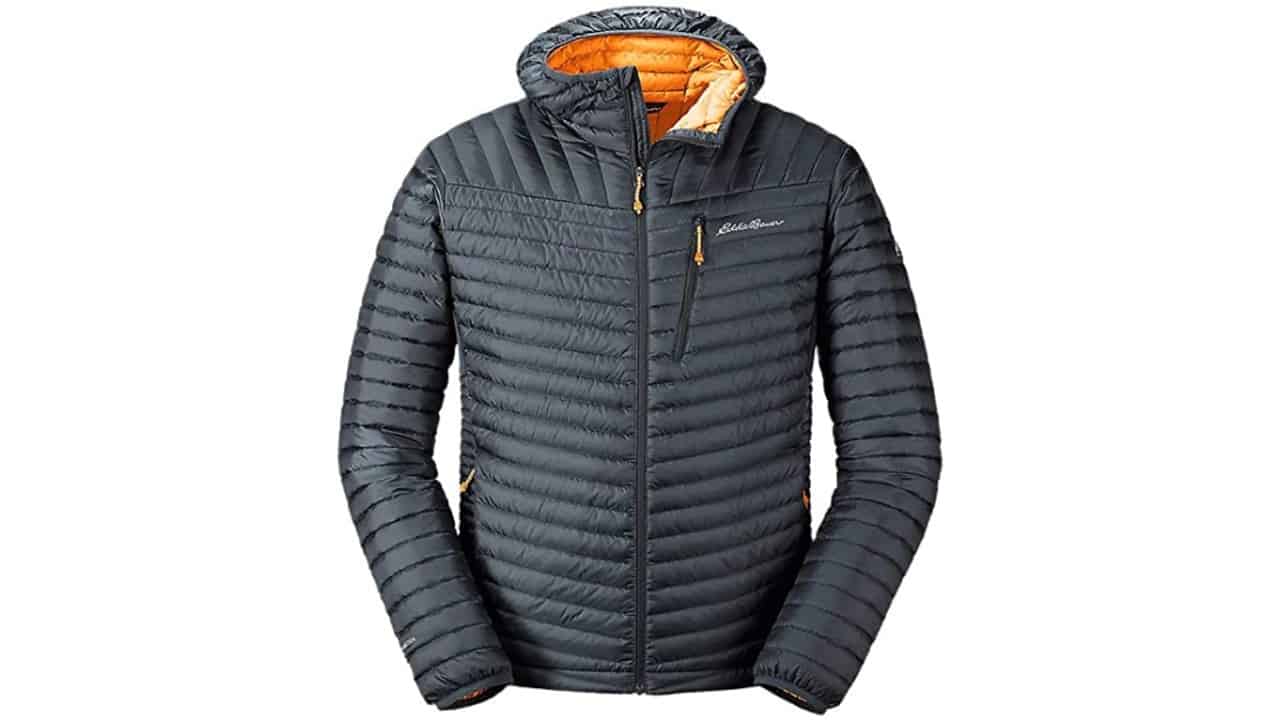
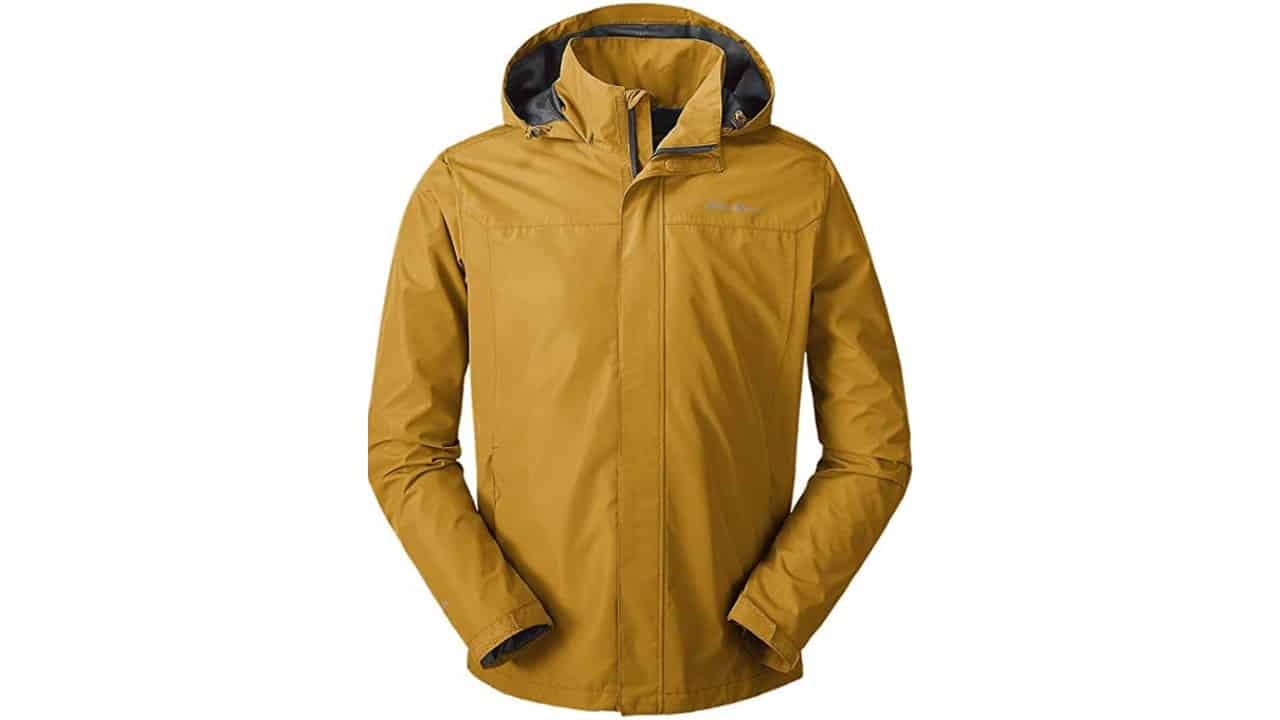
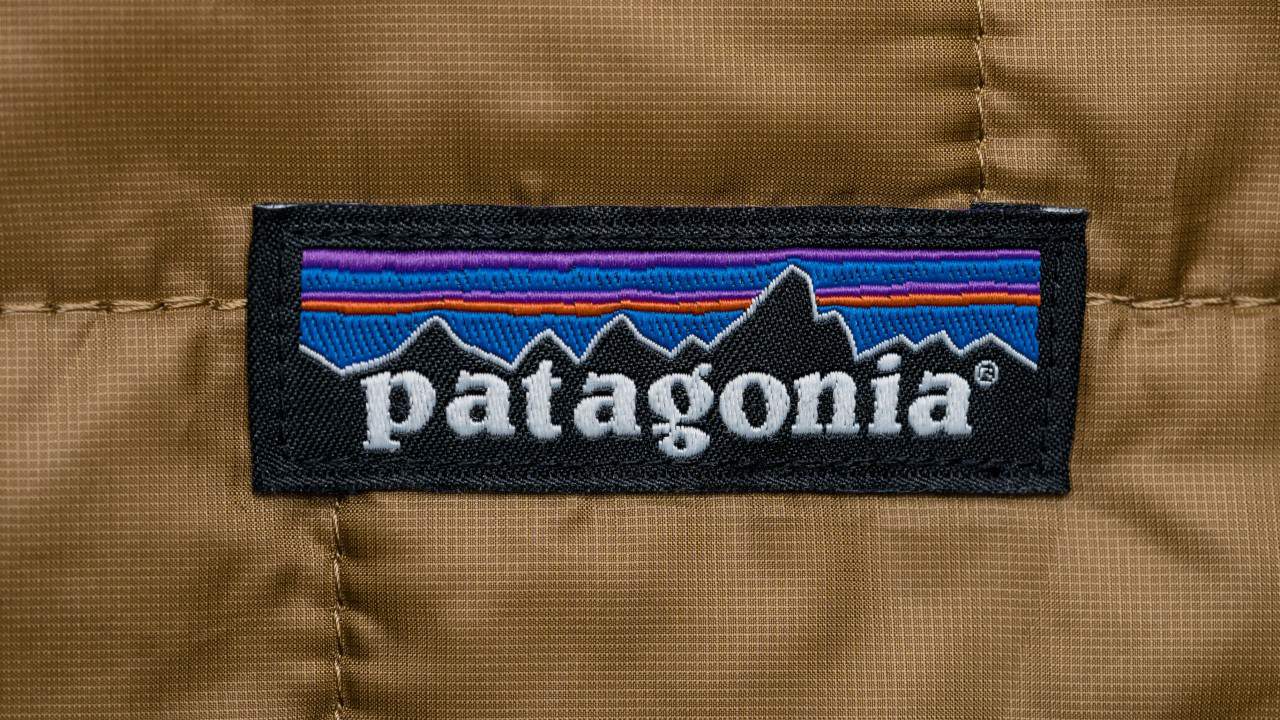
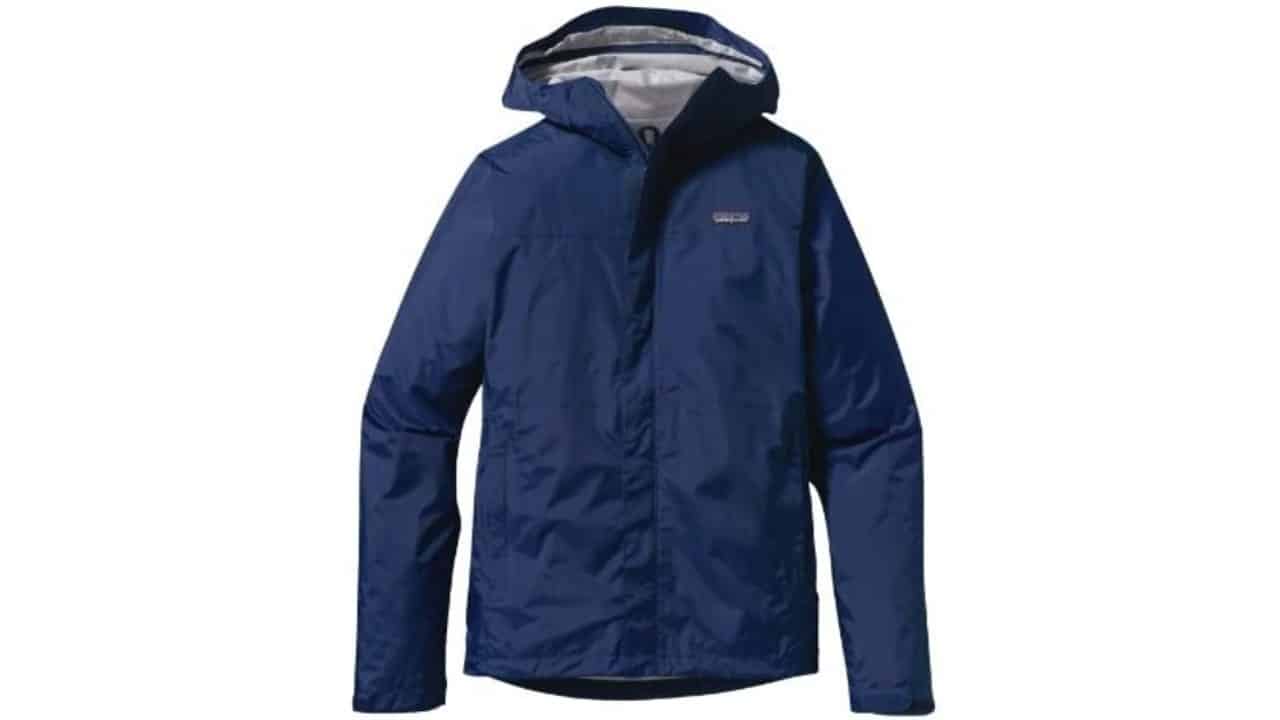
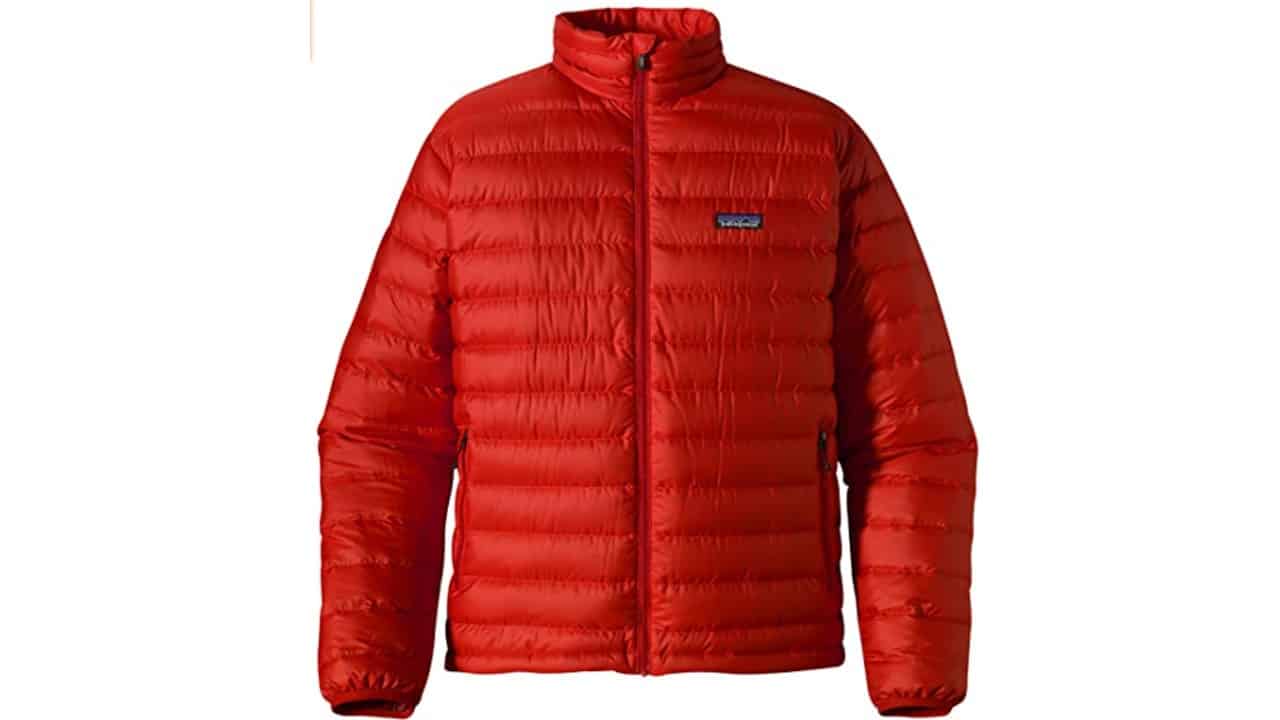
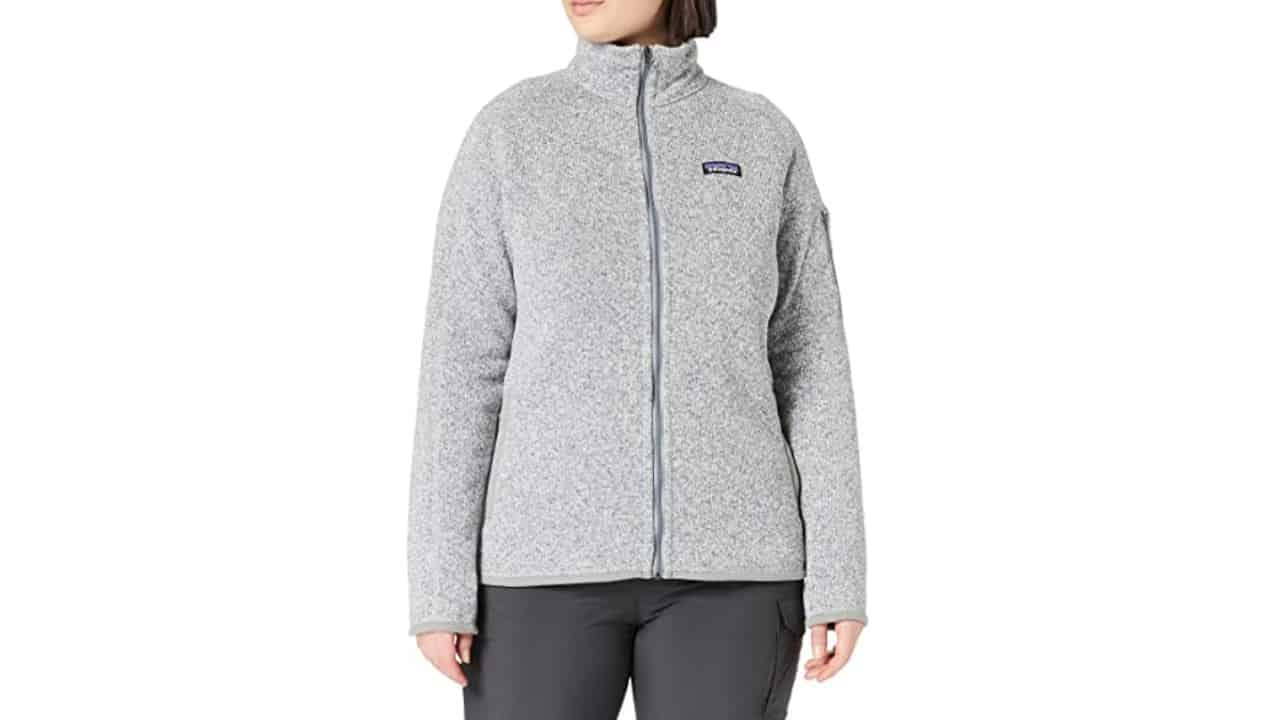
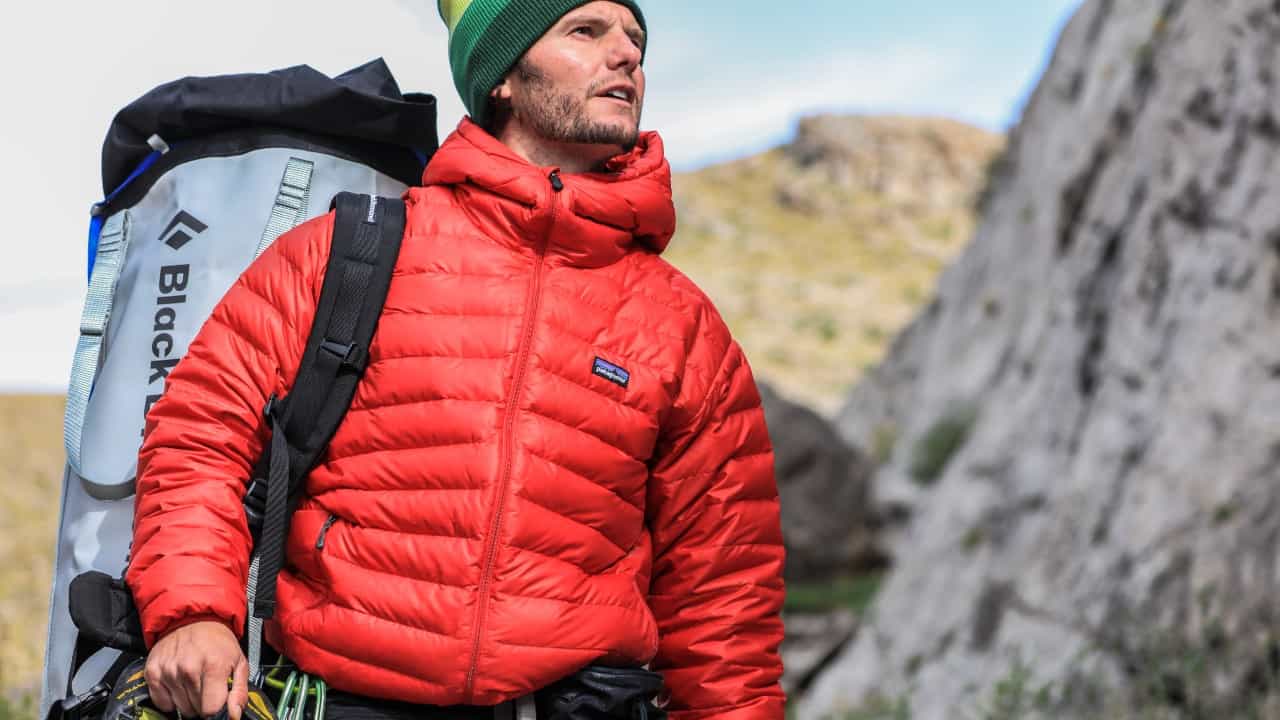
Thank you for the informative article. One correction I would make. Is that Eddie Bauer no longer offers a lifetime warranty